WEST GARDINER — Early this month, a moment of reckoning came for vegetable growers around Maine.
The maritime tropical air that had been over the state, sending daytime temperature into the 50s, was replaced by cold blasts from Canada and the Arctic. By Nov. 10, the temperature had plummeted into the teens and 20s.
“It was like doomsday,” said Kevin Leavitt, a farmer who grows 20 acres of greens, beans, corn and other vegetables in and around West Gardiner.
He worried the cold snap would kill many crops still planted outside, so he harvested as many of them as possible — carrots, potatoes, squash — and stored them in a freezer or a walk-in cooler. Not everything could be saved; a week later, several patches of dead broccoli and cabbage were starting to look droopy and discolored.
Like a growing number of Maine farmers, however, Leavitt left some of his crops — spinach, lettuce and other greens — in the ground, beneath the cover of a greenhouse. Barring disaster, he expects those crops to survive the slow march of winter, given the low-frill technologies that he’s employed around his 8-year-old business, Farmer Kev’s Organic.
He also thinks that his customers, holed up during the coldest part of the year, will demand the crunch, flavor and nutrients of leafy vegetables that have been grown nearby and delivered to their front door.
“The biggest thing people want in the cold months is lettuce,” said Leavitt, whose business largely consists of weekly, biweekly and monthly deliveries to customers who have paid a lump sum at the beginning of a season.
Leavitt has been offering a winter delivery program for a couple of years, but this year, he started offering fall deliveries too. He also has tried to expand the number of leafy greens that customers receive in their winter deliveries.
In September, he planted rows of kale, spinach, chard and lettuce in large greenhouses arrayed on the front of his farm. By mid-November, they were approaching maturity.
Leavitt isn’t the only one using greenhouses, according to Dave Colson, a Durham farmer who serves as director for agricultural services at the Maine Organic Farmers and Gardeners Association in Unity.
While Maine’s potato farmers have a “long tradition” of growing during the summer season and storing their harvest for the rest of the year, Colson said, more and more vegetable farmers are using greenhouses to actively grow hardier vegetables through December, January and February.
The greenhouses employed by Maine farmers are often unheated and made of durable sheets of plastic over a metal frame. Their technology has improved, so that the structures can better withstand the snow and other elements of winter. They’re also commonly called “hoop houses” and “high tunnels.”
When Colson started using hoop houses in the 1980s, they were “still fairly unique,” he said. “But now, pretty much if you’re a veggie producer, almost everyone has some kind of hoop house on their property. … Winter production has really increased dramatically because of (hoop houses).”
With the help of a U.S. Department of Agriculture grant program, Maine farmers now are installing between 15 and 20 hoop houses a year, Colson estimated.
Leafy greens won’t grow during the coldest times of winter, but an unheated greenhouse will keep the air around them just mild enough that, when the sun returns during the day, it can reach 40 degrees inside, which is enough for some growth to occur, Colson said.
“The hardest time to do growing is starting about now, and going through to the middle of January, just because the day length is so much shorter, and it’s colder,” Colson said. To grow during winter, “a lot of people start their plants earlier in the fall, and in essence the hoop house acts like a giant refrigerator that keeps the plants alive to be harvested” later in the season.
Colson credited Eliot Coleman, a farmer in the Hancock County village of Harborside who has written books on winter farming, with helping spread the knowledge of hoop houses and other techniques.
For those interested in growing produce during winter, Colson recommended starting with spinach, as it’s hardy and can develop a sweeter taste after it’s been exposed to frost.
Leavitt now has six greenhouses. His largest ones are 200 feet long and cost about $30,000 to build. He also drapes layers of fabric over crops, to trap in the accumulated heat. And when it gets cold enough, he’ll run a propane heater at a daily cost of about $100 per greenhouse.
While winter growing can require considerable investments of money and effort, it also brings rewards, according to Leavitt and another central Maine farmer, Tom Roberts, of Snakeroot Organic Farm in Pittsfield.
This is the first year that Leavitt is employing a full-time farming assistant during the winter, which he called “a big decision.”
He’s not sure there will be a net gain in revenue once that person’s wages have been paid this season, he said, but the extra hands will help him to do several things: take an occasional breather, keep a trained employee and diversify the number of things that are produced by his still-expanding business.
The importance of selling different products around the calendar was demonstrated over the last two summers, which were unusually hot and dry, Leavitt said.
Roberts has been running his 5-acre vegetable farm with his wife, Lois Labbe, since 1995. He sells about a quarter of his produce in a share program similar to Leavitt’s. He sells the rest at farmers markets in Waterville and Orono.
For the first time, Roberts and Labbe are trying to stretch their fall harvest through the entire month of December, Roberts said. While they don’t participate in winter farmers markets, they’re also preparing to return to farmers markets next March and April.
They’ve stored some harvested vegetables, such as beets and carrots, in a cooler. They’ve also left parsnips and a tuber known as sunchokes in the ground, so that they can dig them out next spring. And in their greenhouses, they’ve planted spinach, which will mature by early spring.
That approach requires minimal effort during the coldest parts of winter, Roberts said. It also ensures that they can offer a variety of vegetables earlier in the spring, bringing in more cash and giving them a competitive edge over those farmers who waited until spring to seed their crops.
“There are vegetable farmers who set up next to me in June, and they have to basically re-establish themselves with the customers, where I’ve been selling to them for two months already,” he said.
By stretching the season into December, Roberts added, he’s also more likely to develop a following.
“If you can get local folks to be repeat customers, that’s your best market right there,” he said. “Summer people are good, but after Labor Day they might be gone. Year-round folks will be looking for you if you’re there.”
Charles Eichacker — 621-5642
Twitter: @ceichacker
Send questions/comments to the editors.


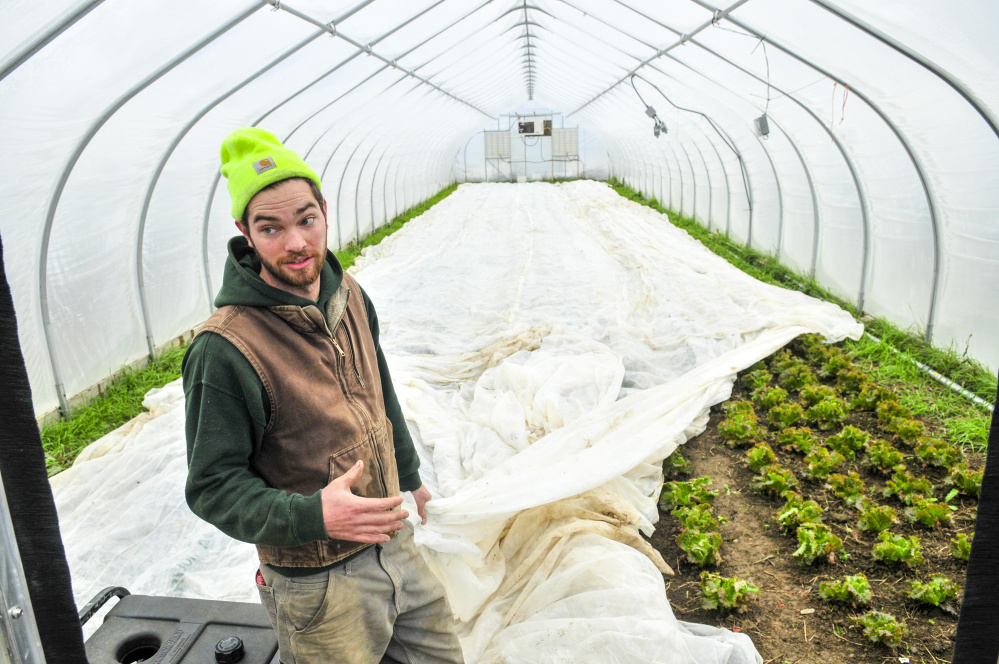
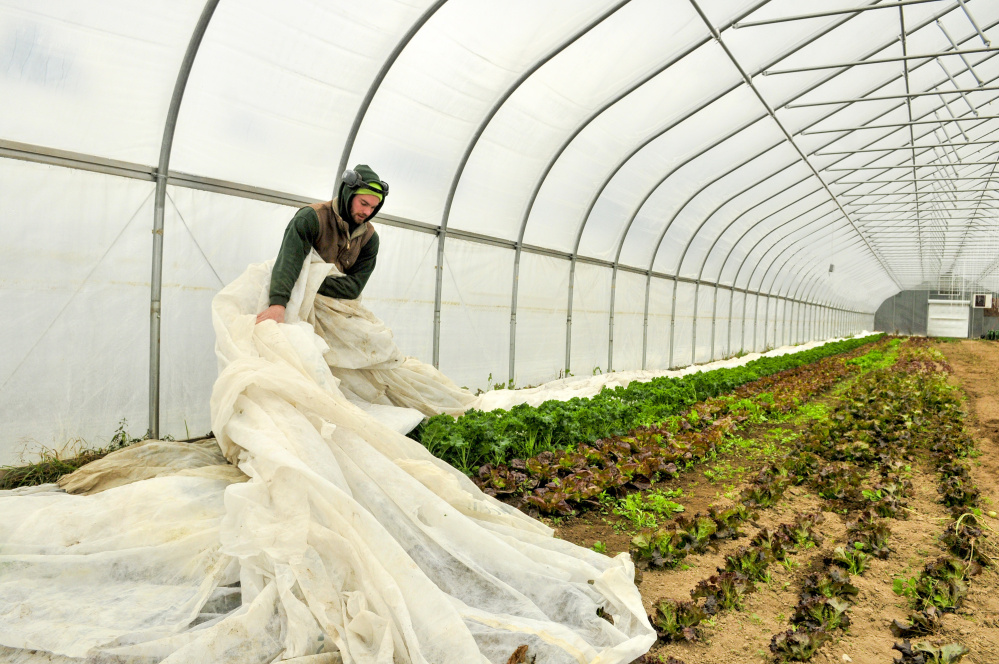
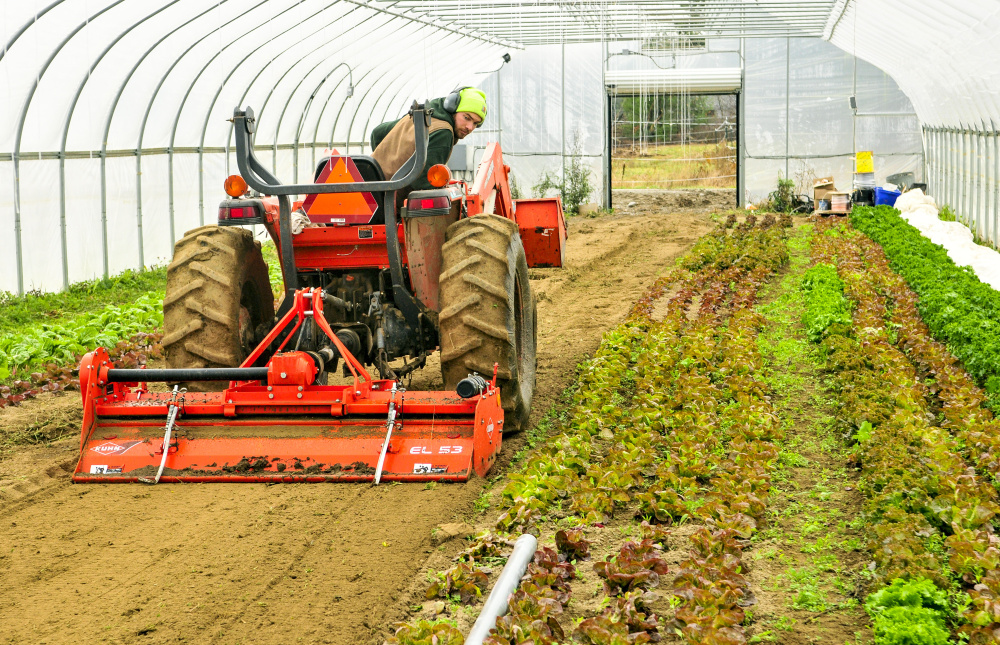
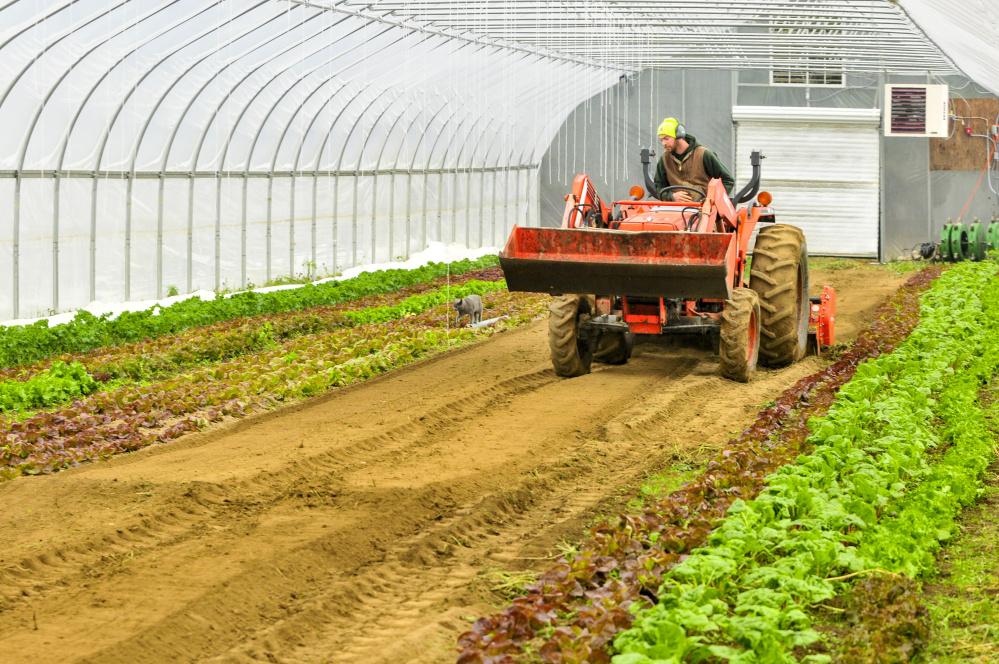
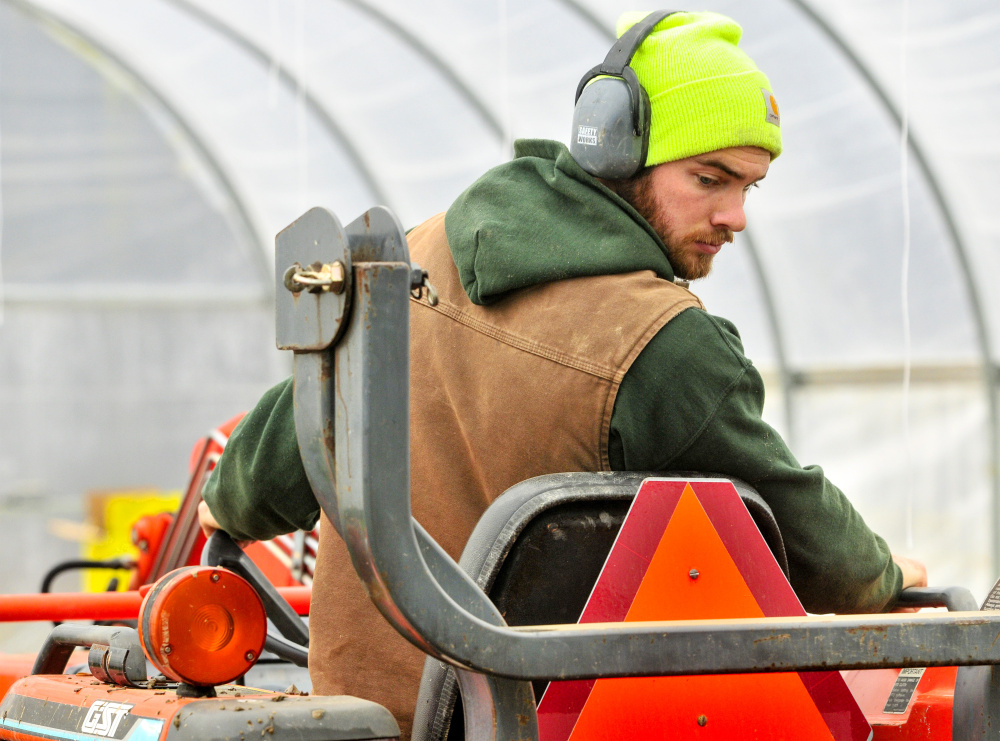
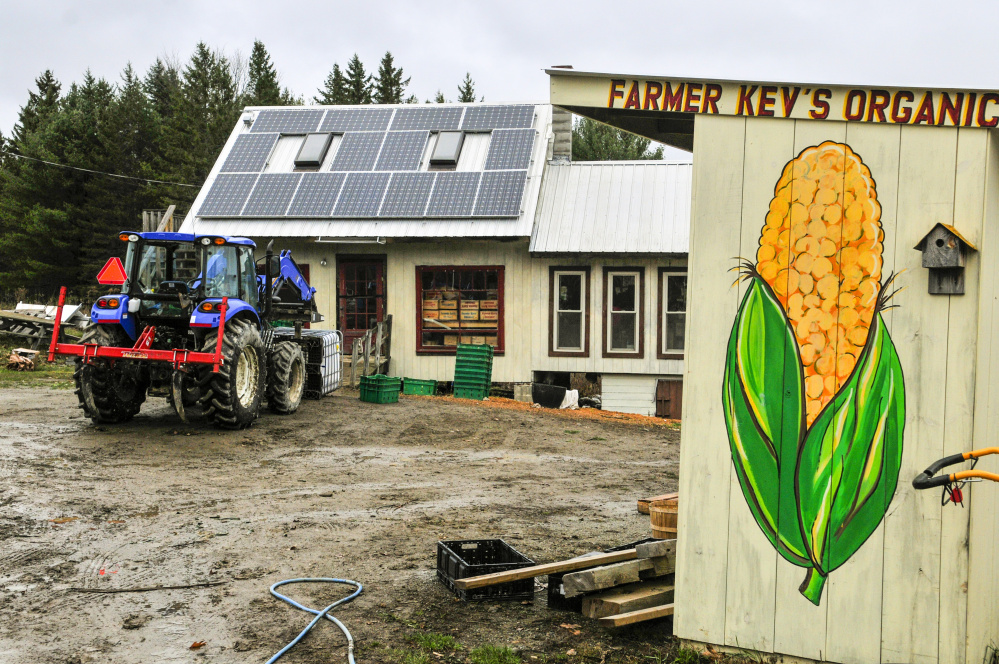
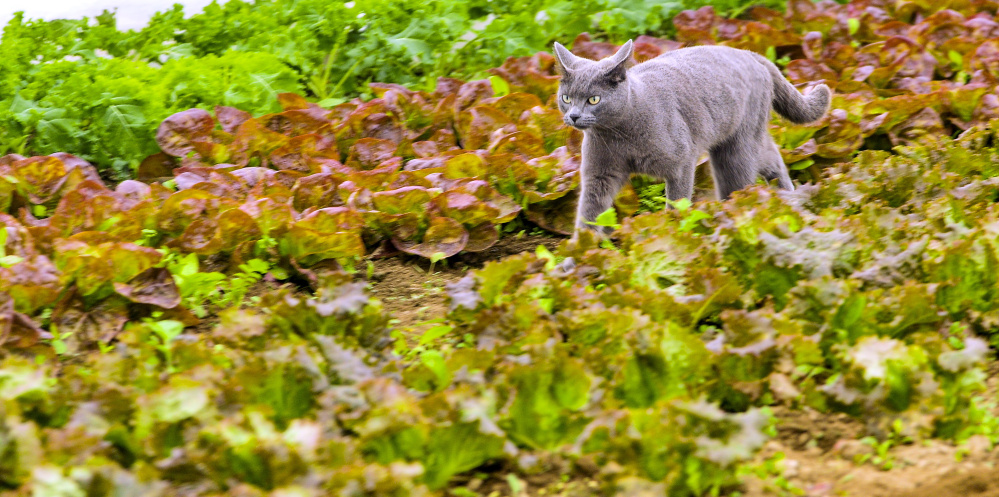
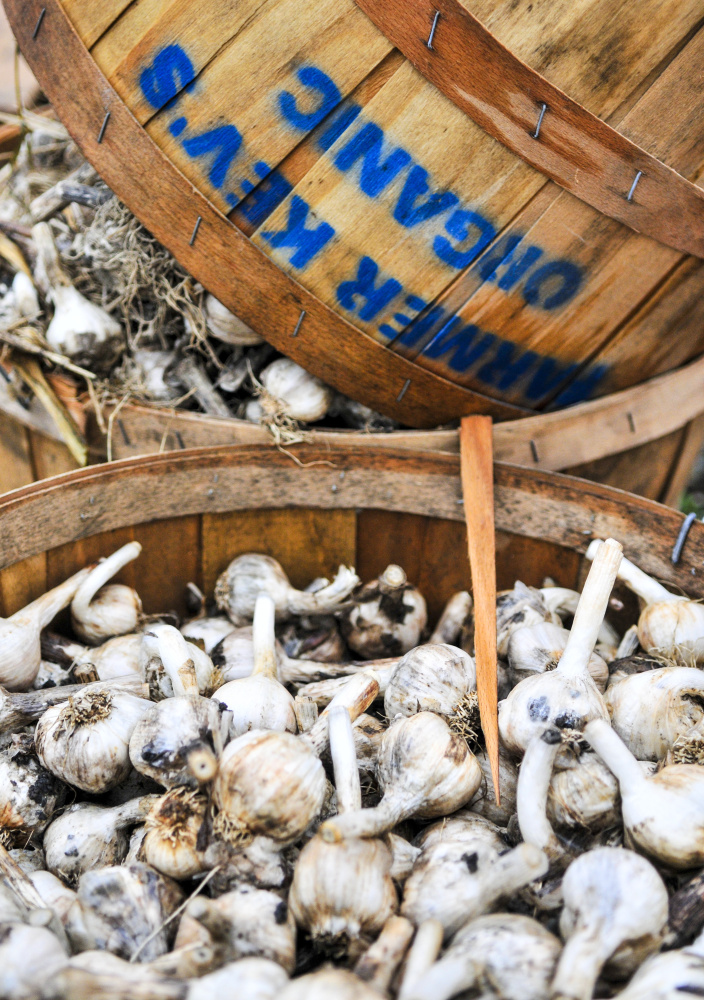
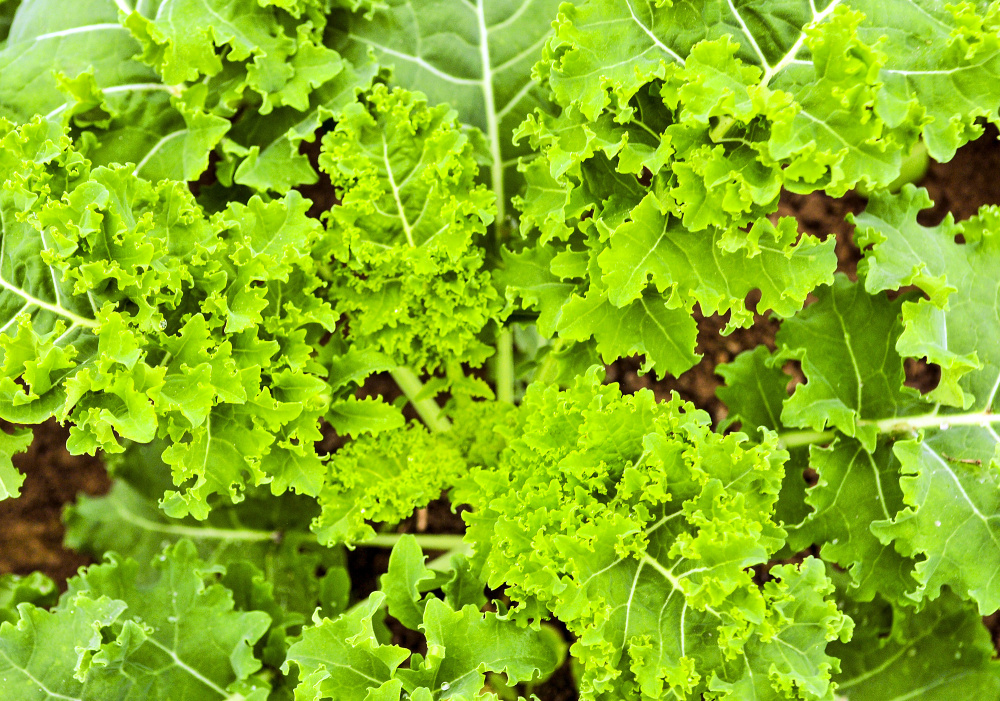

Comments are no longer available on this story